As early as the dawn of the 1980s, director Chris Sanders has been fixated on a little creature that lived in a forest. “It was a bit of a monster with no real explanation as to where it came from. It was all about how he found a way to belong,” he told critic Bilge Ebiri for Vulture’s oral history of Sanders’s breakout hit Lilo & Stitch. That longing for connection in a hostile environment has been threaded throughout his work since.
It’s in the fearsome and goofy fire breather who befriends the village dork in How to Train Your Dragon, in the flame-keeping homo sapien that foretells the uncertain future of a family of cave dwellers in The Croods, and in the CGI dog that acts as shepherd to Harrison Ford’s John Thornton in The Call of the Wild. Sanders’s films are marked by the idealism of imagining a world of cross-species harmony and connection colliding with the reality of its harshness and cruelties, and the space in between is where the filmmaker locates that yearning.
Now, in the near-future unruliness of The Wild Robot, Sanders’s ache to unearth meaning and mutual care between beings feels all the more urgent. Based on Peter Brown’s book series of the same name, the film begins with a robot—ROZZUM unit 7134 (Lupita Nyong’o), or Roz, as she comes to be known as—washing up on a forested island inhabited only by wildlife ruled by instinct. The artificially intelligent machine can’t process the idea that she need not be of service to anything in an environment that’s functioned just fine on its own terms without the meddling of a corporate entity meant to see every living thing as a potential customer.
Sanders wrings clever jokes out of this surveillance-capitalist-out-of-water scenario, even after the robot has digested and learned all of the animals’ languages and still finds no tasks to be completed and no client to satisfy. Most of the animals, understandably, see this foreign creature as a possible threat, but she’s just trying to do her job and fulfill her purpose.
When thrashed around the forest by other animals and trying to maintain her own, for lack of a better word, survival, Roz accidentally lands on a goose nest, killing all but one egg. Seeing that there’s still life inside and acting on her programming to not cause any deliberate harm to any living being, she keeps it out of the hands of predators, most notably the mischievous fox, Fink (Pedro Pascal), that she befriends. And when the shell begins to crack, the first thing that the little runt inside sees is Roz’s giant bulbous head, leading the gosling to imprint on the robot. And, supernaturally, the line between a robot discovering a targeted customer for whom to perform tasks and a living being to deeply bond with and protect becomes irrevocably blurred.
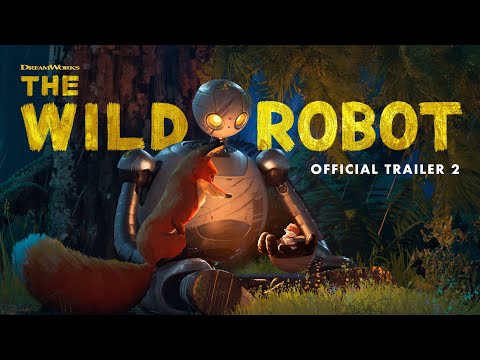
Sanders’s gravitation toward outsiders feels particularly interesting in relation to other stories of ostracization and misfit identity, even within the children’s realm, like, say, Dumbo or Elf. That’s because he’s concerned not only with social norms but a kind of inherent difference via technology or DNA (Stitch, after all, was an alien experiment) that’s reinforced via normativity.
As Roz and the orphaned runt goose, newly named Brightbill (Kit Connor), work on completing the task of getting him ready to migrate for the fall, they’re perceived as aberrations of the wilderness, with the growing gosling’s marginality compounded by the fact that he was always going to be the shrimp of his family regardless of Roz’s presence on the island. If she hadn’t started caring for him, he was going to die anyways. It just doesn’t help that he’s an egghead now, speaking in the same dry, computational syntax as his adoptive mother.
The film’s greatest strengths lie in its ironically no-frills discourse about parenting, which it sees as an amalgamation of instinct (recontextualized as “programming”), improvisation, deep connection, and more than intermittent exhaustion and, as Roz says describing what she thinks when she sees the task at hand, “crushing obligation.” And though the anthropomorphizing of artificial intelligence is well-trod territory, The Wild Robot is bound up with the concepts of parenting and more in ways that consistently feel fresh and pulsate with life. It’s not just a film about a parent whose role was hoisted upon them, nor just a film about a social outcast seeking belonging, nor just a film about the nature of self-awareness and negotiating nature and nurture. It’s a potent union of the three, cobbled together with a loving maverick spirit.
The Wild Robot is its best when focusing on the intimacy and the overwhelming connection between Roz and Brightbill. And much of that is keyed to the contours of Nyong’o’s voice as she gives often deadpan expression of Roz’s programmatic imperative to follow obvious directions. More crucially, Roz’s sickly sweet voice slowly begins to belie a greater existential precarity that insinuates a deep yearning for connection, one that’s profoundly experienced by her adoptive son and shoots the film into an emotional stratosphere. Nyong’o overplays neither the story’s more sardonic observations about modern technology in the natural world nor its pathos.
Sanders’s idealism for a world where a certain kind of wildness can be tamed is certainly aspirational, and his ensemble of forest creatures (a possum voiced by Catherine O’Hara, a beaver by Matt Barry, a hawk by Ving Rhames, among other) are all lovingly drawn, especially when providing parenting advice. But as the film, in its back half, begins to follow Roz as she sets out to save everyone on the island from the oncoming frigid winter, and in the process risks elevating her to a mother robot martyr, it doesn’t feel as emotionally resonant as when it’s simply focused on the closeness and rawness of Roz and Brightbill’s tender, fraught dynamic.
Still, The Wild Robot’s aesthetic sensibility, an incredible reprieve from the obsessive photorealism of other computer animated movies, is consistently a wonder of color, texture, and tactility. Sanders and his team of animators elevate even the moments that veer toward the saccharine with expressive articulations of the joys of finding safety, care, and meaning in the mutual sacrifices that can and must be made to keep community alive.
The film’s sharp consideration of the tenuousness between belonging and assimilation especially finds voice in Roz’s design, whose ivory sheen gives way to grey rust, deep scratches, and, eventually, soft and dotted moss. She becomes part of the place, part of the ecosystem. Even more so, the film’s discernible brushstrokes serve as a reminder of the literal hands, the labor, it takes to raise someone, mold them into a survivor, and to carry love with you wherever you go.
Since 2001, we've brought you uncompromising, candid takes on the world of film, music, television, video games, theater, and more. Independently owned and operated publications like Slant have been hit hard in recent years, but we’re committed to keeping our content free and accessible—meaning no paywalls or fees.
If you like what we do, please consider subscribing to our Patreon or making a donation.

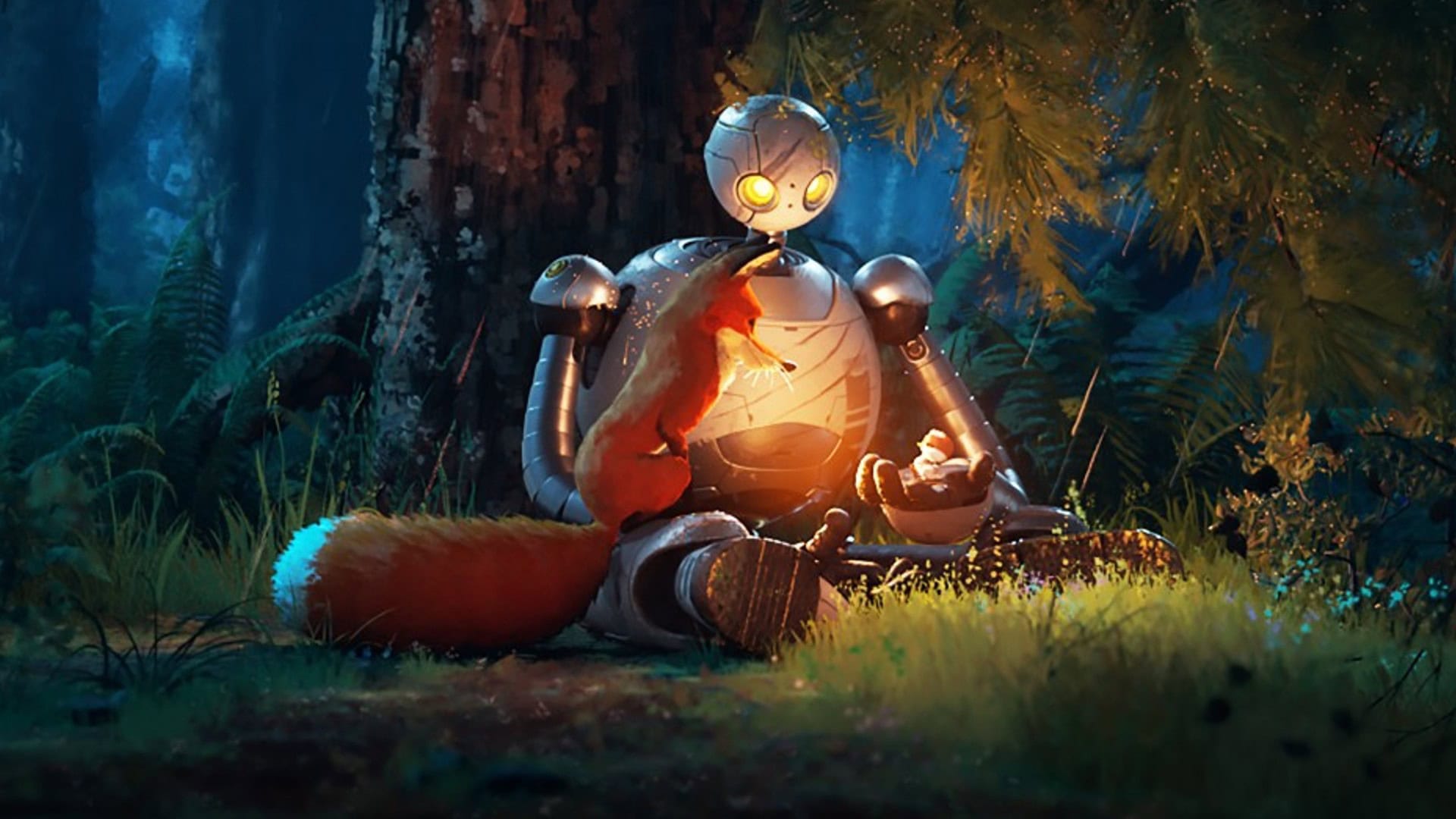
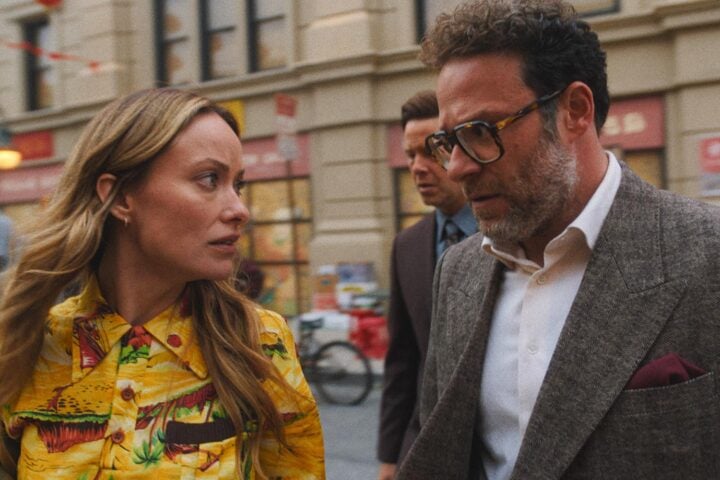
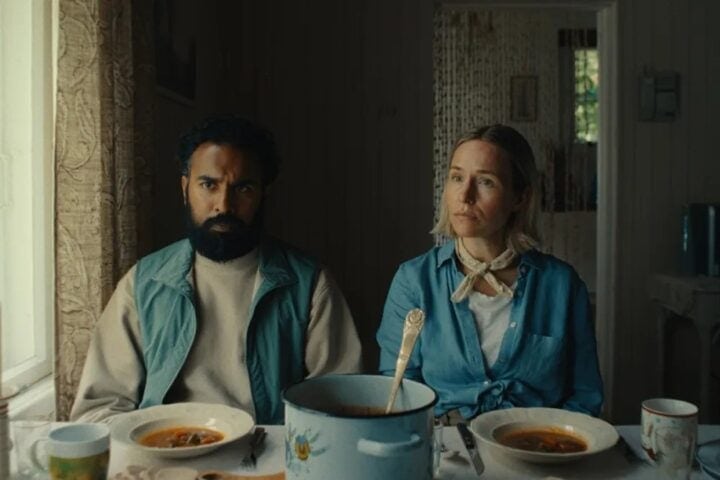
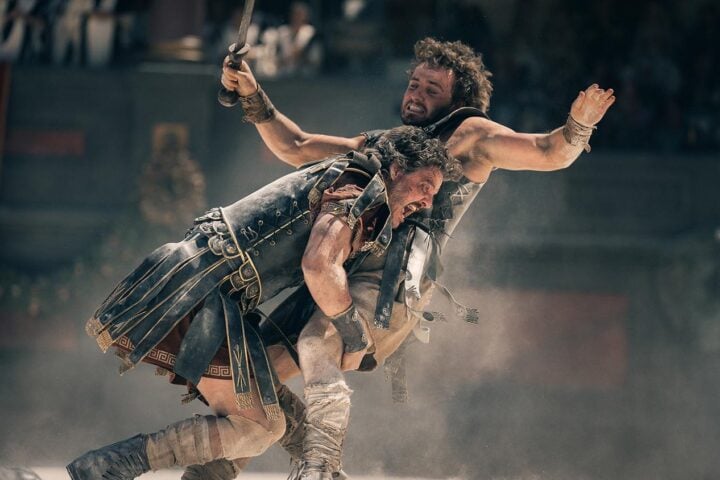
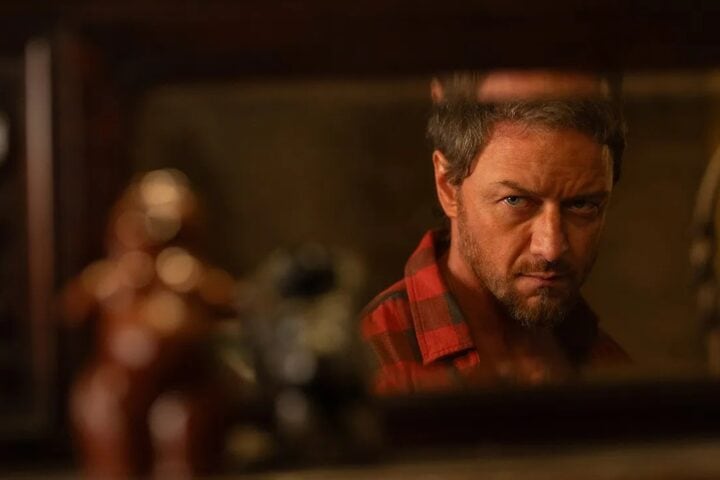
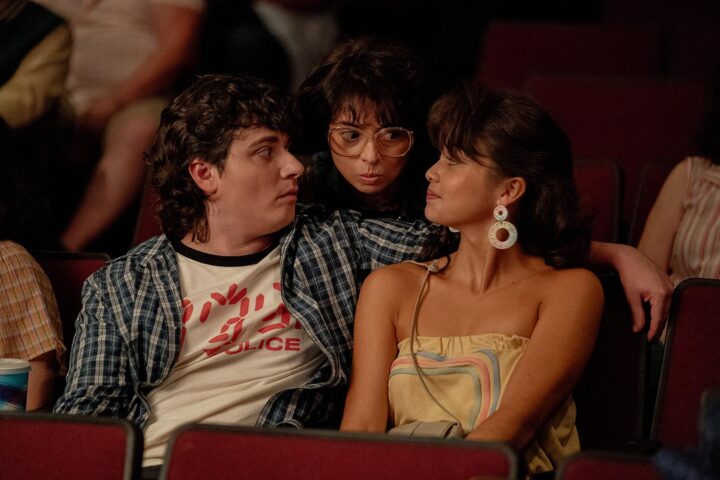
Is it just Americans unbothered by this film’s mawkishness? Plus the gosling character’s shocking voice acting… the bizarre pacing or lack thereof, the horrendous stomp & holler insert song, and the fact the whole thing is cobbled together by nothing but cliches.
Truly thought it was a piece of crap